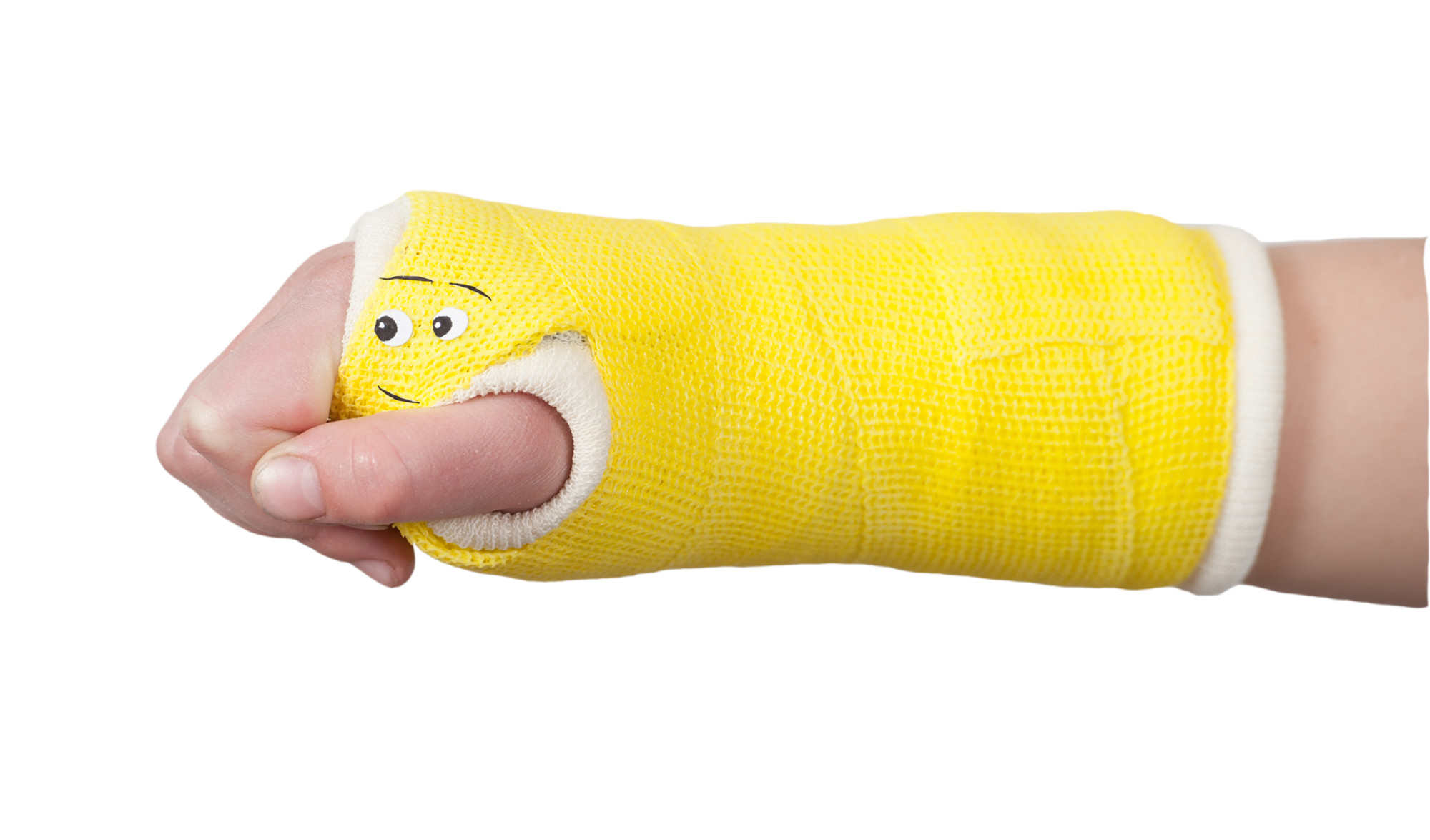I-ACQUIRE: A new study for young stroke patients

To qualify for this study, your child must meet the following criteria:
· is 8 to 36 months old
· had a perinatal arterial ischemic stroke confirmed by MRI
· has weakness on one side of the body both arm and leg
· is in good health
· hasn’t had previous CIMT more than two hours a day for 10 days or more
· hasn’t had Botox injections within the last three months
One parent must also be able to be present at least one day a week for I-ACQUIRE therapy and for 45 minutes a day of practice at home.
It might seem counterintuitive, but temporarily preventing the use of an arm can increase motor skills in the long run. That’s the concept behind constraint-induced movement therapy (CIMT), an approach that aims to improve function in people who have experienced a stroke. Used in adults for decades, CIMT has been shown to be effective in children, too.
Now, a new national study hopes to determine whether a specific type of CIMT called I-ACQUIRE can also benefit babies and toddlers. “There’s evidence to show that this method can be useful in older kids, but this is the first trial to study I-ACQUIRE in younger children who have had an arterial ischemic stroke,” says Dr. Laura Lehman, outpatient director of the Stroke and Cerebrovascular Center, who is leading the study at Boston Children’s Hospital.
Improving motor skills
An arterial ischemic stroke is an injury to the brain or spinal cord caused by a lack of oxygen to the area affected. It usually results from obstruction of blood flow by blood clots, narrowed or damaged arteries, or both. Depending on the stroke’s severity and region of the brain where it occurs, children can experience partial weakness on one side of their body, known as hemiparesis. As a result, they may start relying on the unaffected side — favoring their stronger arm instead of the weaker one, for example.
The goal of CIMT is to encourage kids to use their weak arm by placing their unaffected arm in a cast. The cast is safe, painless, and easily removed once therapy has ended. I-ACQUIRE is a specialized type of CIMT designed for babies ages 8 to 36 months old. In this approach, an occupational therapist travels to the family’s home, providing intensive play therapy meant to help develop skills in the child’s affected arm and hand.
The new study will examine the effects of the I-ACQUIRE approach in eligible babies, comparing it in those who receive it three or six hours a day for four weeks or not at all. Boston Children’s is one of 12 study sites throughout the country and is enrolling patients starting in August. If you’re interested in learning more, please contact the study coordinator, Julie Swanson, at Julie.Swanson@childrens.harvard.edu.
Learn about the Stroke and Cerebrovascular Center.
Related Posts :
-

Changing lives through genetics: The Children’s Rare Disease Collaborative
A 14-year-old girl was having back pain after a car accident and visited an orthopedic clinic at Boston Children’s ...
-

Making pediatric health equity research truly equitable: An EDI review process
A burgeoning number of studies are examining pediatric health equity, diversity, and inclusion (EDI). But if not done right, health ...
-

‘A lot better now’: Andrew’s recovery from Rocky Mountain spotted fever and a stroke
When Andrew was bitten by a tick in 2021, he and his parents could hardly have imagined that just a month ...
-

Will early intervention prevent asthma in school-age children?
Asthma affects about 1 in 10 children, often sending them to the emergency room or causing them to miss school. Allergic conditions ...





